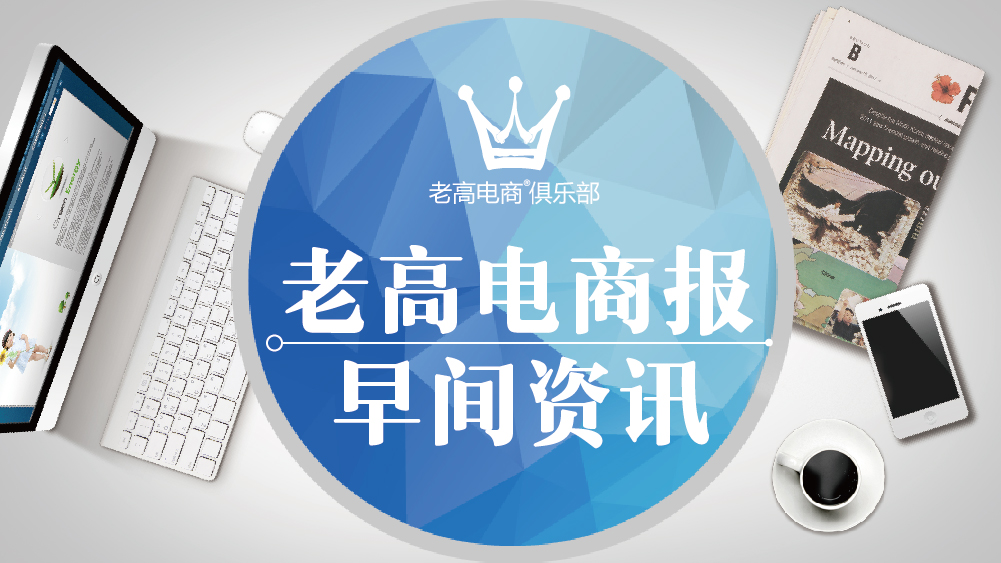In recent years, China's e-commerce has developed very rapidly, especially with the mobile Internet, some have reached the world's high-end level, such as mobile payment, logistics, etc. So much so that some netizens define "online shopping (e-commerce)" as one of China's four new inventions, which is of course a joke.
However, "online shopping" has indeed changed people's lives in recent years, and e-commerce has also reshaped a new form of traditional Chinese business. The development of e-commerce in recent years is mainly reflected in the following five aspects.

1. From transaction to communication
Before WeChat appeared, e-commerce was still the world of Taobao. The shopping habits people follow are from "people to things". With WeChat and various apps, this method has completely changed, and the shopping habit has become a process from "people-people".
Consumers are no longer satisfied with getting an item, but are more concerned about contacting the person who gets the item and the person behind the making it. After shopping, they will take photos and share with friends as soon as possible, as well as reviews of the merchant's services and products.
2. From online to offline
Today, if a person says he is starting a business, then the first thing he thinks of is "Internet +". This is certainly true, but the user growth dividend disappears and online traffic is becoming more and more expensive. So some e-commerce companies have begun to move from online to offline. Alibaba and JD.com are buying offline supermarkets, and the whole family, 7-Eleven, Yanjiyou and other offline stores are opening more and more. All of them indicate that offline is the foundation.
A new concept that is popular this year is called "new retail". The so-called new retail, everyone's consensus is: the integration of online and offline, and the upgrading of product services. Although online traffic has been divided up by platforms such as Taobao and Tmall, and the territory where newcomers can share is getting smaller and smaller, offline is indeed a must-fight place for e-commerce giants. No matter how good the service is, it is difficult to form a lasting brand without offline user experience. Moreover, the role of offline stores is not only used to divert traffic, but also extends more other services.
3. From all products to vertical
For old e-commerce companies like Taobao and Amazon, the entire category is undoubtedly the most successful. Although there are also some future leaders like JD.com, Jumei Youpin, Vipshop, etc., which rank behind JD.com, are not so lucky. Jumei and Vipshop, which were once popular, faced the problems of constant counterfeit goods, falling stock prices, and stagnant profitability.
These "small and beautiful" e-commerce platforms that want to expand from vertical to full products must be squeezed by large platforms on the one hand, and on the other hand, they must be wary of those rising stars. Being rooted in a vertical field and bringing products and services to the extreme is probably what many e-commerce people really want to do. Everyone wants to build a platform, but those who can achieve success are minimal.
4. From traffic to quality
For more than ten years, China's Internet has been doing traffic business. If there is traffic, there will be customer flow. If there is traffic, you can sell advertisements, and if there is traffic, you can do whatever you want. This is also known as the golden rule of the Internet industry. It is precisely because these inferior traffic distracts users' attention and disrupts the market, making some brands that should have been more well-known to users ignore. It is so expensive that it takes to make the public aware of it.
It is gratifying that as users' consumption upgrades, more and more consumers are beginning to pay attention to the service and quality of the product. The platform's user base is no longer the first choice for users, and consumers prefer recommendations between friends and comments related to the product. From caring about traffic to caring about quality, it is not only an upgrade of consumers' awareness of consumption, but also the best whip of products produced by merchants.
5. From price to value
Although price is still a key factor for consumers to care about, it is no longer the only decisive factor for the middle class and the post-90s generation. The price of iPhone is not cheap, but users care more about the value provided by the iPhone; the consumption of the whole family is not cheap, but users care about convenience and reassurance. Some cinemas’ movie tickets are not cheap either, but audiences care more about the experience it brings.
Perhaps most people do not have the ability to enjoy things beyond their financial capabilities, but it is still acceptable to spend one or two times at a time. As the credit of society becomes higher and higher, value consumption will become more and more popular, whether it is product or experience consumption.
These are also the five hurdles that traditional e-commerce must overcome in the post-consumption era. Only in this way can we break through ourselves and achieve a qualitative leap!
Source: Laogao E-commerce Circle
Thank you for your attention and support to Laogao E-commerce Club . Please indicate the source of the reprinting website www.shxuanming.net
Click to register to apply to join the well-known e-commerce network - Laogao E-commerce Club. Any merchants from all over the country, Tmall merchants, Taobao Crown Store, Jinguan Store, and other e-commerce platform merchants can apply to join!



![#Laogao E-commerce Newsletter#[E-commerce Evening News Brief on October 28]](/update/1603876940l258172366.jpg)


 EN
EN CN
CN
